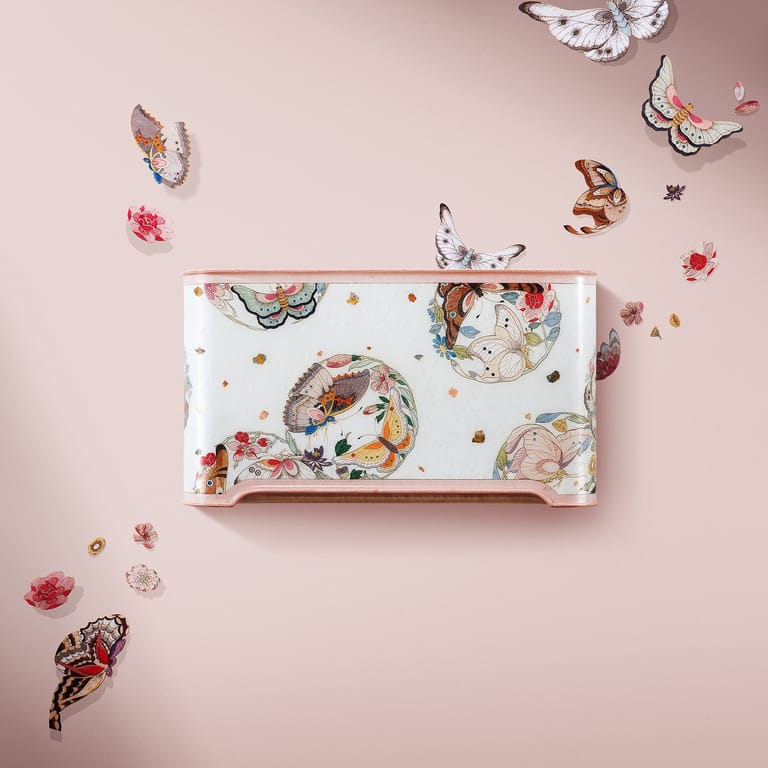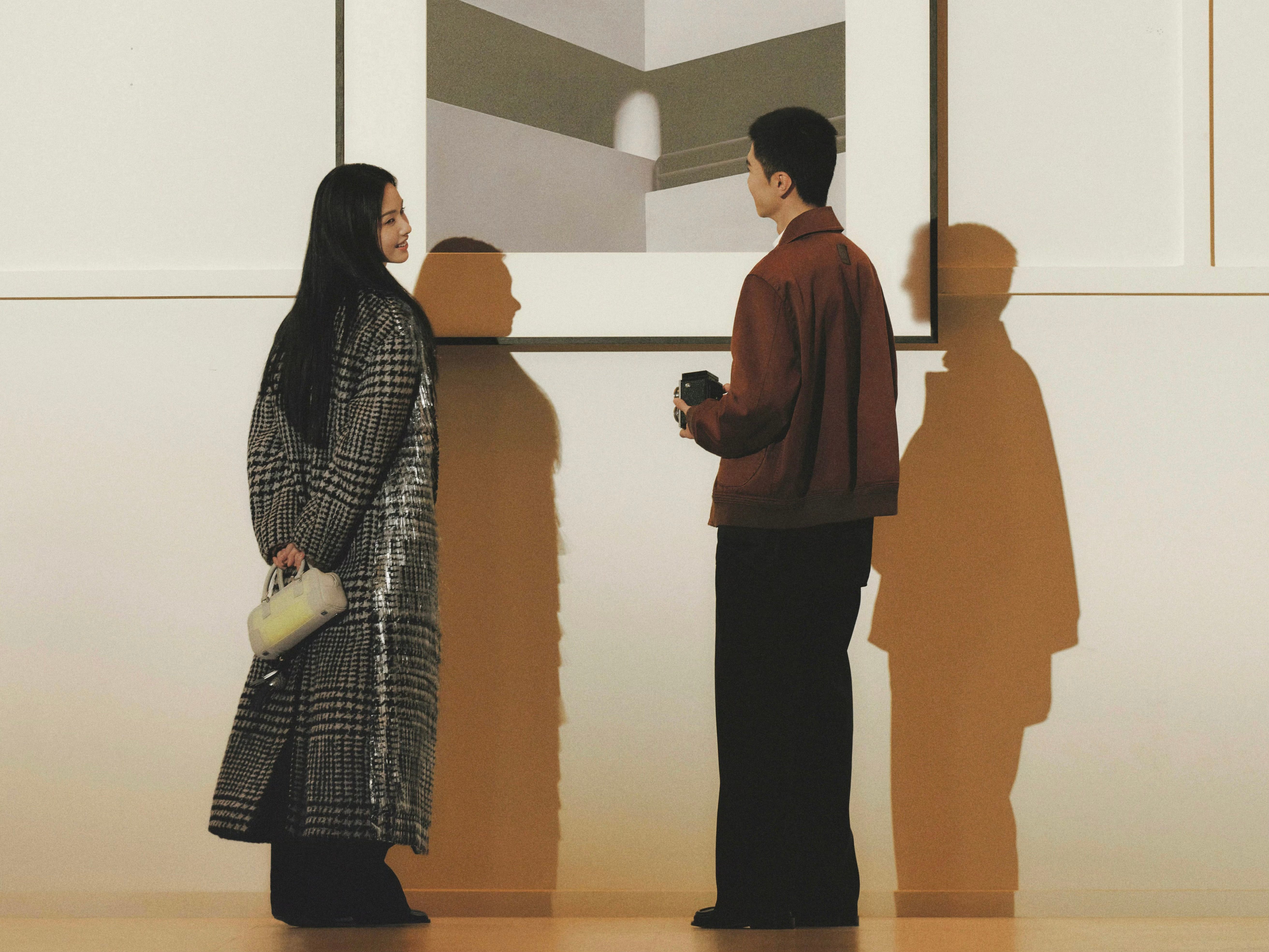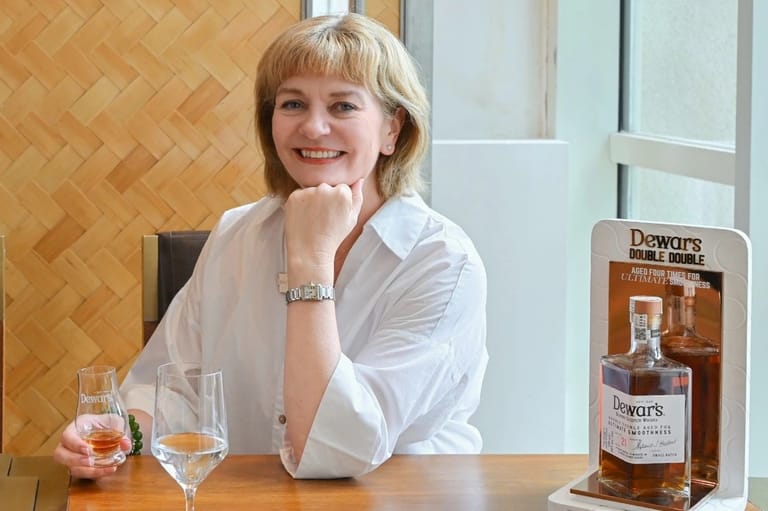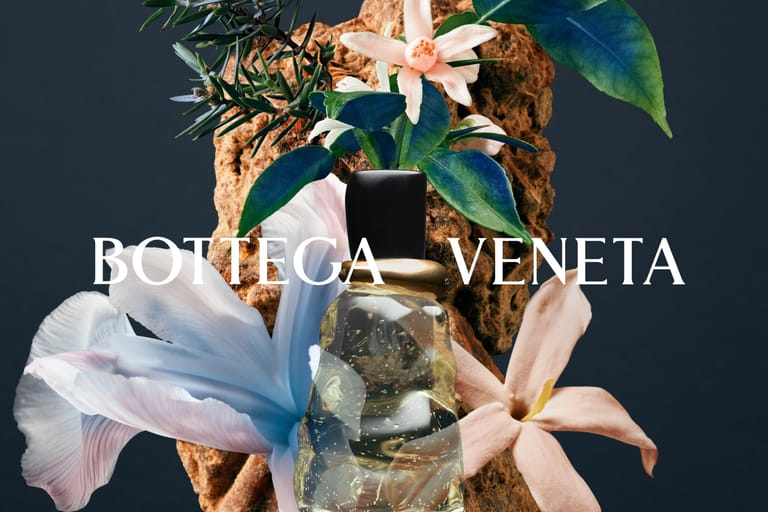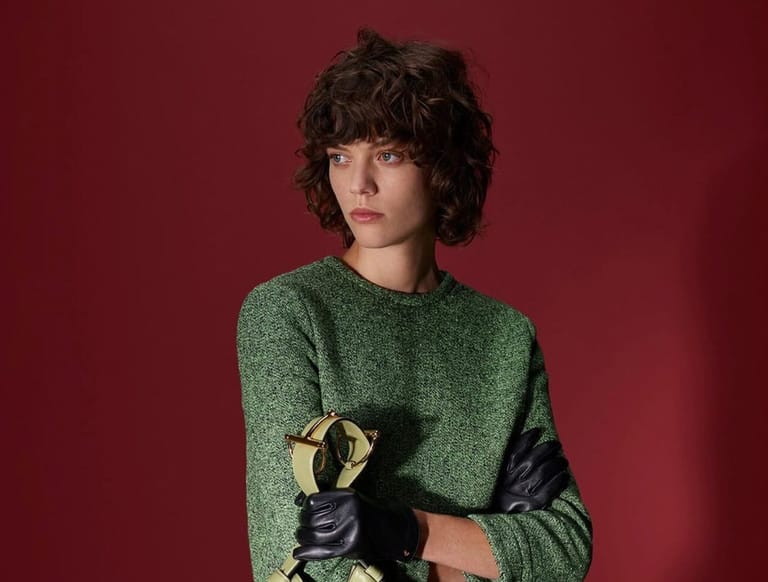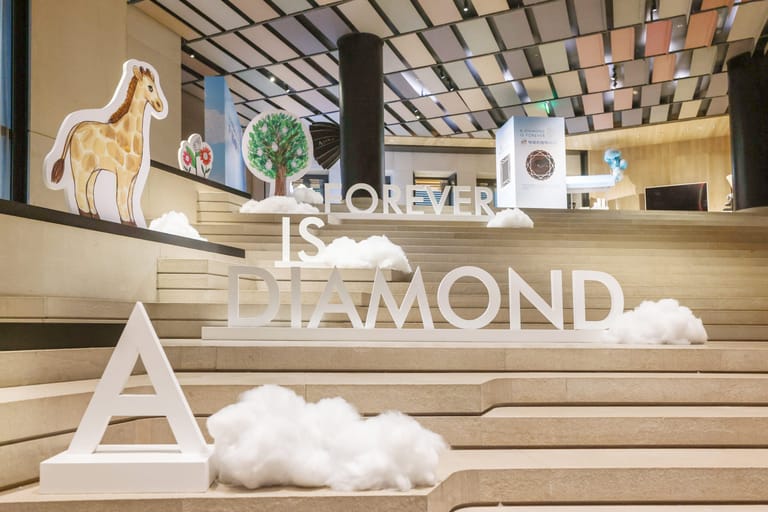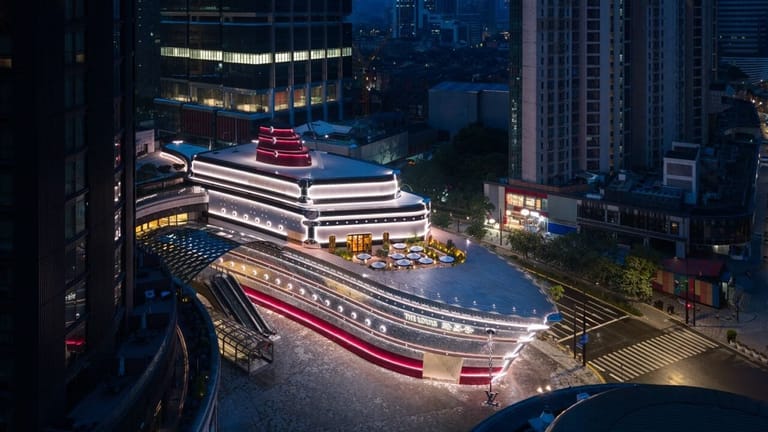Rossana Hu: Weaving Cultural Diversity in Design and Culture
By
Wenzhuo Wu
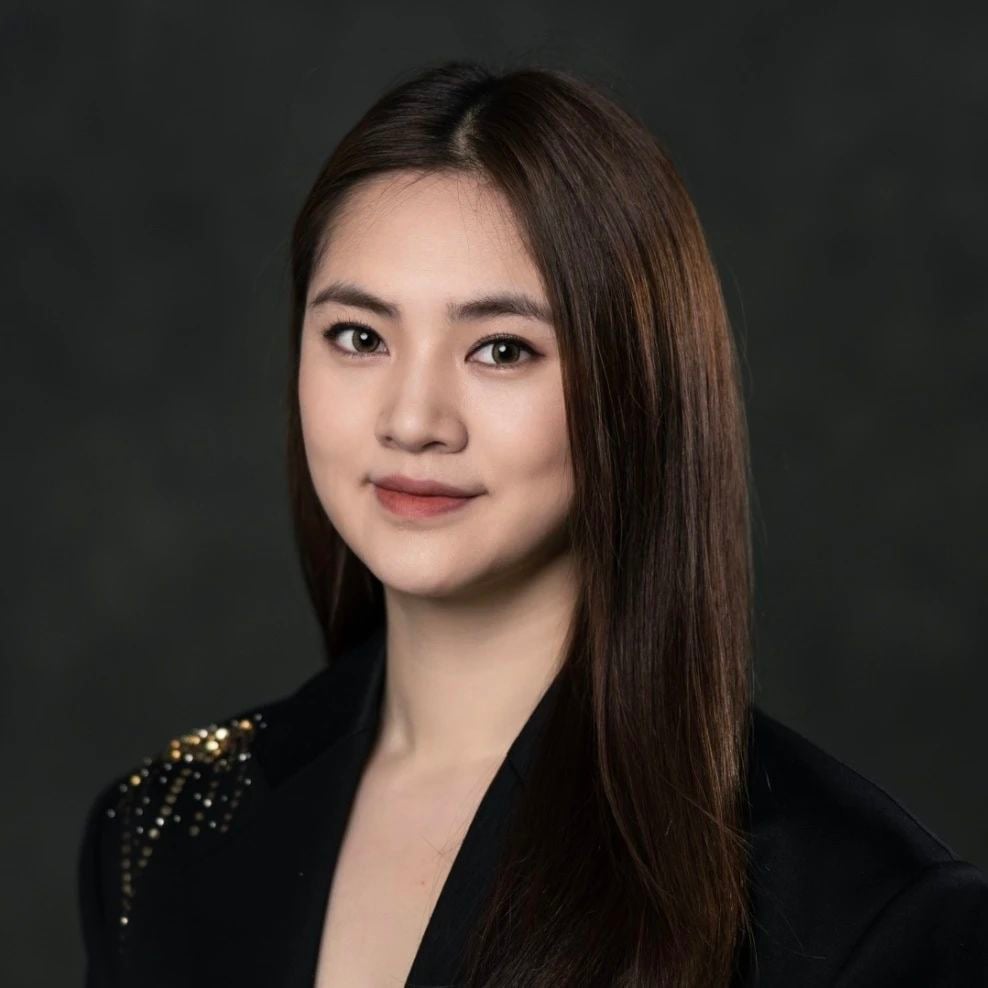
Published on
February 12, 2025
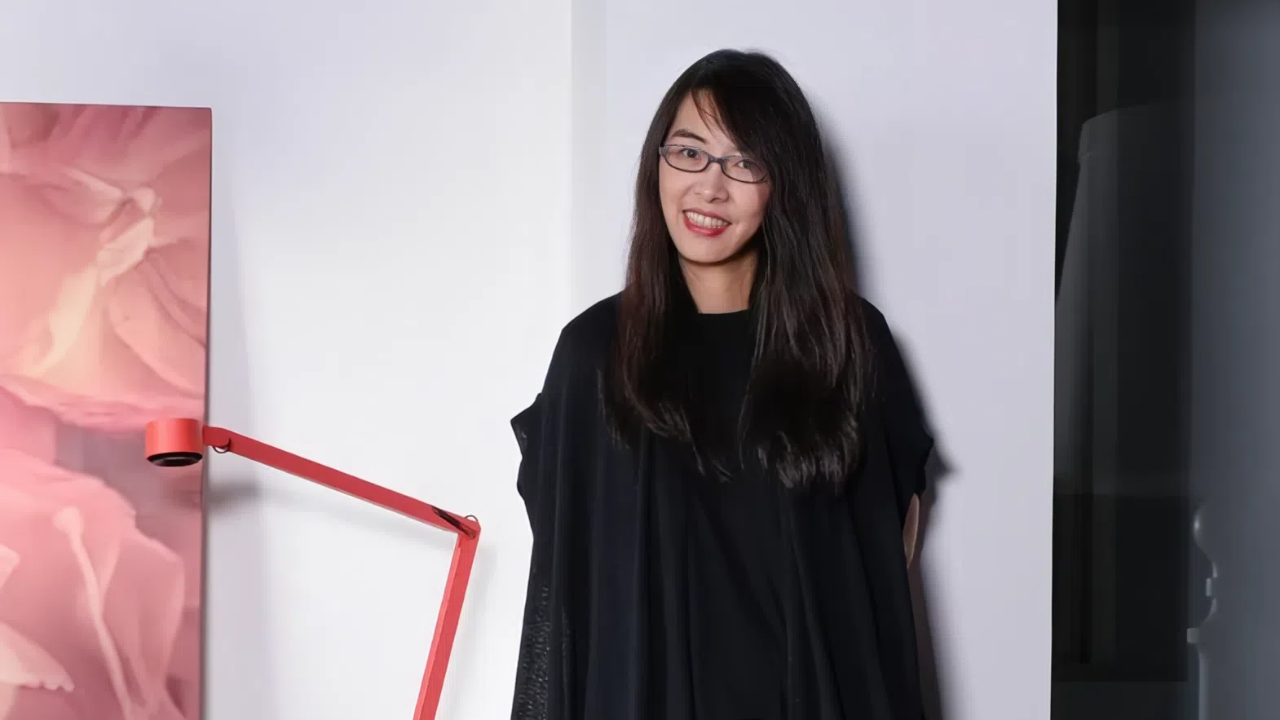
The Visionary profiles the individuals redefining creativity and leadership in China’s evolving landscape—from fashion and art to technology and business. Through in-depth interviews and sharp analysis, this column unveils the minds driving innovation, exploring their inspirations, challenges, and the lasting impact of their work. These trailblazers aren’t just keeping pace with change; they’re leading it.
In a world increasingly defined by rapid urbanization and cultural convergence, architect Rossana Hu stands as a beacon of creativity and introspection. As Founding Partner of Neri&Hu Design and Research Office in Shanghai, she has built a diverse career that straddles continents, disciplines, and philosophies. Renowned for her transformative impact, Hu breathes new life into historic landmarks while championing thoughtful cultural exploration, embodying the essence of cross-cultural dialogue.
In 2024, Hu added another milestone to her illustrious career by joining the University of Pennsylvania’s Weitzman School of Design as a tenured professor and chair of the Department of Architecture. This marked a significant chapter in her evolution as an architect. She is the third woman to ever lead the department at the University of Pennsylvania, following Winka Dubbeldam and Adèle Naudé Santos, marking a noteworthy advancement for women in architecture. For Hu, this role represents an extension of her mission to push the boundaries of design thinking and foster a new generation of architects.
This year, Hu’s creative vision took on new dimensions as she began collaborating with Prada for the upcoming 2025 Year of the Snake campaign. The project allowed her to reinterpret a deeply symbolic figure in Chinese culture while engaging in meaningful dialogues about creativity and cultural identity. For Hu, this collaboration transcended mere partnership; it became an invaluable opportunity to merge her architectural ethos with fashion’s storytelling capacity, enriching the narrative of cultural identity and expression within contemporary design.
In this profile, we delve into Hu’s bicultural journey, her reflections on China’s evolving urban landscape, and her transformative partnership with Prada. With her distinctive approach, Hu continues to shape not only spaces but also the way we perceive cultural and creative intersections.

The Influence of Cultural Diversity on Design
Rossana Hu’s journey began at the intersection of culture and creativity. Born in Taiwan and educated in the United States, Hu earned her Master of Architecture and Urban Planning from Princeton University and her Bachelor of Arts in Architecture from the University of California, Berkeley, with a minor in music. Early in her career, she worked with iconic firms such as The Architects Collaborative in San Francisco and Michael Graves before co-founding Neri&Hu with Lyndon Neri in 2004.
Her bicultural upbringing and extensive international experience have profoundly shaped her architectural philosophy. “Studying abroad formed the foundation of my design thinking,” Hu reflects. “Design isn’t a formula—it’s a much more artistic and undefinable process. Everything we come into contact with becomes a part of us and fuels our inspiration.”
At Neri&Hu, this perspective has translated into projects that are as intellectually rich as they are visually striking. The firm’s work spans disciplines from architecture and interior design to branding and product design, with notable projects like the Waterhouse at South Bund in Shanghai and the Tsingpu Yangzhou Retreat. Hu’s designs consistently explore identity, heritage, and transformation themes, blending the personal with the universal.
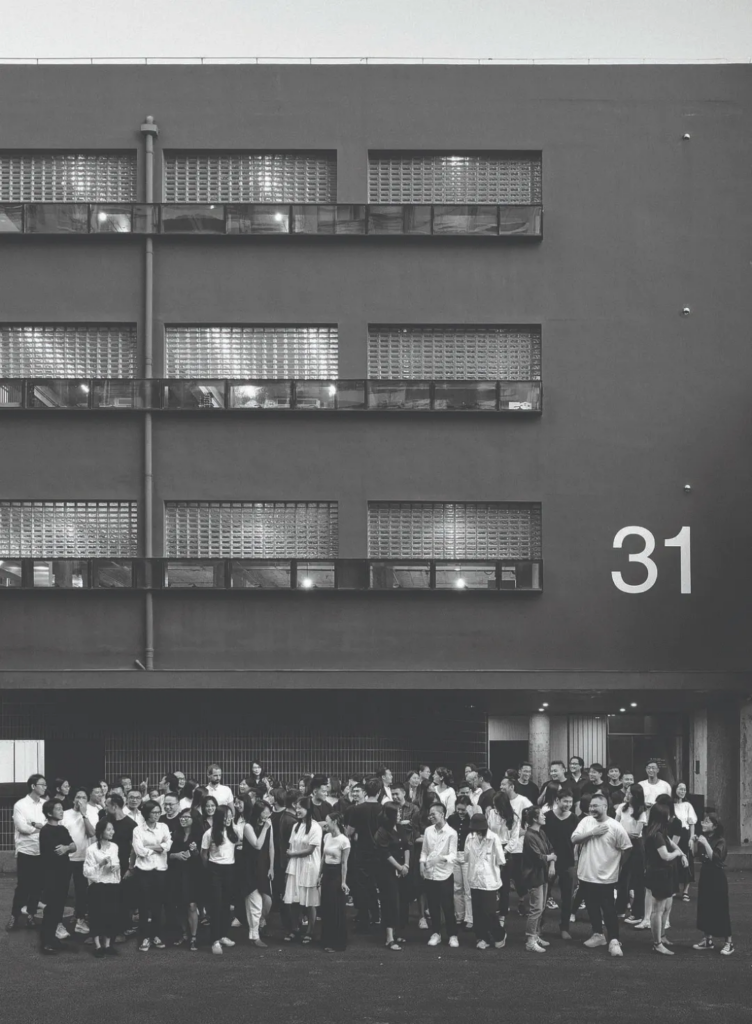
“We see ourselves as mediators: between past and present, individual and collective, public and private, rural and urban,” Hu says, describing her firm’s philosophy. “Our office is like a tapestry of nations, tongues, ideas, and tastes,” she shares with Jingzhi Chronicle, reflecting on how her bicultural upbringing shapes her work. “Design isn’t a formula—it’s an undefinable process where everything we encounter becomes part of who we are.”
Architecture as a Mirror of Modern China
Hu’s work also reflects the sweeping changes that define modern Chinese society. From rapid urbanization to a renewed focus on heritage preservation, the evolution of China is intricately woven into her projects.
“When we started Neri&Hu in Shanghai, we felt strongly about the misrepresentation of China’s creative forces,” she recalls. “Now, we ourselves are extremely encouraged and impressed by the new wave of Chinese architects, interior designers, and product designers. This country is experiencing an unprecedented explosion of creative energy on all fronts, and it’s exciting to be a part of it.”
Central to Hu’s philosophy is the concept of “reflective nostalgia,” which she uses as a lens to explore heritage collective memory, displacement, and urban renewal. Unlike restorative nostalgia, which attempts to recreate the past, Hu’s approach dwells on the contradictions of modernity, embracing its ambivalences while forging new narratives. This nuanced perspective has enabled her to engage with the evolving identity of modern China, offering designs that are as thoughtful as they are innovative.
Hu has profoundly transformed Shanghai’s design culture over the past twenty years with this unique approach. In 2016, she co-founded the Festival of Design in Shanghai, invigorating the city with a wide variety of design-oriented lectures and other public programs. She has also been invited to judge numerous prestigious awards and competitions, such as the Dezeen Awards 2022, the RIBA International Prize 2020, and others.
The Year of the Snake: A Visionary Collaboration with Prada
Hu’s partnership with Prada for its 2025 Chinese New Year campaign represents the perfect intersection of cultural authenticity and cutting-edge design. As the campaign’s central creative force, Hu reinterpreted the image of the snake, a figure rich with symbolism in Chinese culture, as a metaphor for transformation and renewal.
“The snake’s fluid and enigmatic nature inspired me,” Hu says. “Prada’s focus on cultural narratives aligns deeply with my belief in the power of storytelling to create connections across diverse contexts.”
Beyond its visual appeal, the campaign fostered intellectual and creative exchanges through various mediums, including a podcast featuring Hu. For her, the collaboration allowed her to explore culture from multiple perspectives, demonstrating how fashion and architecture can serve as complementary platforms for dialogue and innovation.

Looking Ahead: Legacy and Leadership
As Hu reflects on her journey, she is acutely aware of the role architecture plays in shaping spaces and societies. With the rapid digitization of modern life, she sees physical spaces as more critical than ever, offering a counterbalance to the ephemeral nature of cyberspace.
“Architecture must go beyond functionality to evoke meaning and emotion,” she says. “It’s about the poetic over the utilitarian, the subtext over the obvious.”
As a professor and now chair at the world’s leading architectural school— the University of Pennsylvania—Hu is as committed to education as she is to design practice. Over the years, she has taught at institutions such as Harvard Graduate School of Design, Yale School of Architecture, the University of Hong Kong, and Tongji University in Shanghai, sharing her insights with future generations of architects.
“It’s not about style or aesthetics—it’s about meaning,” she advises. “It’s not about style or aesthetics—it’s about meaning,” she advises. “Think beyond the surface and consider the cultural and societal impact of your work.”
Hu’s work, whether through her architectural projects or her collaboration with Prada, exemplifies a vision of creativity that bridges cultural divides and redefines design possibilities. As China continues to evolve, Hu’s profound understanding of cultural duality and her commitment to meaningful storytelling ensure her lasting legacy as a true visionary in redefining the possibilities of design.




